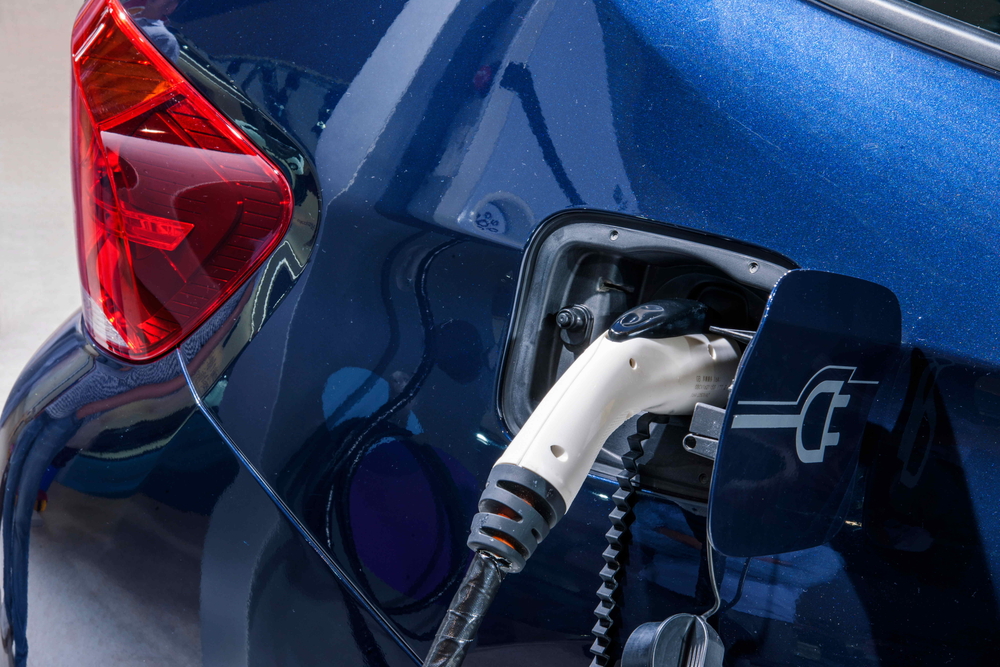Today electric vehicles (EV) have emanated as a promising technology to promote the decarbonisation of transportation. Electric vehicles (EVs) go about as a swap for current-generation automobiles. With the extensive spotlight worldwide on diminishing the carbon footprint, EVs have acquired colossal force in the last decade.
As per the Mobilising Finance for EVs in India report, the market size for the financing of EVs will be $50 billion (Rs 3.7 lakh crore) by 2030. Hence, to expedite India's electric mobility transition, the EV financing is a need of an hour.
In an interview with Outlook Money, Sameer Aggarwal, Founder and CEO of RevFin, said the number is achievable as the biggest barrier to EV growth is supply of credit and despite this, there are over two million electric vehicles on Indian roads, most of them three-wheelers.
“As credit supply becomes available, the EV sector will grow thereby further increasing the need for financing. Small commercial EVs are expected to see a huge surge in demand. This is driven by the government policies as central and state governments are trying to push EVs as a means to reduce pollution. Also, large e-commerce players are moving their fleets to electric as part of their commitment to the environment and also reduce costs of operations. The pandemic has also accelerated the need for last mile and hyperlocal deliveries in even small towns,” he said.
The supply of credit in EV has been low as traditional lenders have shied away from the market due to lack of scale, unstructured secondary market, uncertainty of product quality and difficulty in underwriting the customer. This has led to a huge credit gap, Aggarwal said.
“To fill this gap, in many instances buyers have had to rely on private finance from dealers or finance from NBFCs with guarantees in loan performance from dealers and OEMs. This has created business models with asymmetrical and unknown risks. The EV market is very similar today to the auto industry 50 years back where financing was limited. As the market increases in size and structure is brought in by e-commerce and demand aggregators, credit supply will also follow,” he added.
He further said that large institutions like banks and NBFCs must start entering the EV segment. Partnerships between large banks and smaller finch players and NBFCs operating in this space will result in win-win for all. “While large banks can bring cheap credit supply, market incumbents can bring deep market knowledge and successful business models,” he explained.









